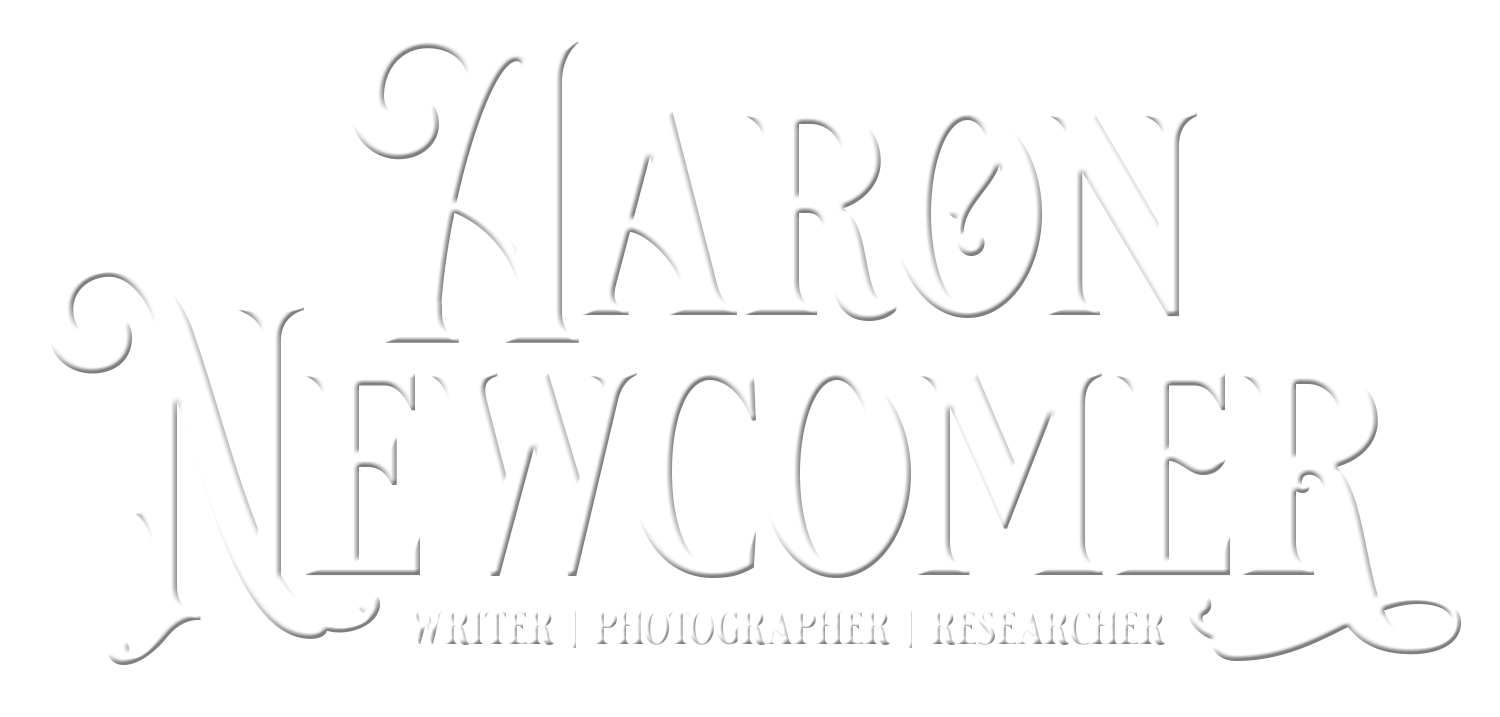Our exploration of the relationship between pinfire cartridges and the United States continues with a look at Allen & Wheelock and Ethan Allen & Co.

Ethan Allen was in the firearms and cartridge industry for nearly 40 years beginning in 1832. Many other articles and books cover his business relationships in much more detail than I will go into. This article will only take a look at the time periods where he was making pinfire cartridges.
In the early 1860s Ethan Allen filed for a patent on what would become known as his lipfire cartridge. His patent was initially denied because examiner thought they were too similar to the pinfire cartridges; specifically, the ones described in Eugene Lefaucheux’s 1854 revolver patent filed in England by patent attorney John Henry Johnson. Allen responded that the pinfire cartridge was well-known in the United States and that his lipfire cartridge was an improvement in many ways such as being gastight, waterproof, and less dangerous. He mentioned the dangers of unintentional detonations of pinfire cartridges when dropping them. The patent office agreed with his remarks and noted that other than the fact that they were both cartridges there were practically no other similarities. Even though Allen believed his lipfire cartridges were superior to pinfire cartridges he realized that there was still money to be made from them.
Subscribe to Blog via Email
About me
 Hello, my name is Aaron Newcomer. I am a collector and researcher of early 19th century breech-loading firearms systems, with a particular focus on the work of Jean Samuel Pauly and Casimir Lefaucheux. I collect cartridges and documents related to these types of firearms and conduct research on these topics, furthering my understanding and knowledge of these historical firearms and their place in the evolution of firearms technology. My collection and research reflect my dedication to preserving and understanding the history and technical innovations of these early firearms systems.
Hello, my name is Aaron Newcomer. I am a collector and researcher of early 19th century breech-loading firearms systems, with a particular focus on the work of Jean Samuel Pauly and Casimir Lefaucheux. I collect cartridges and documents related to these types of firearms and conduct research on these topics, furthering my understanding and knowledge of these historical firearms and their place in the evolution of firearms technology. My collection and research reflect my dedication to preserving and understanding the history and technical innovations of these early firearms systems.
Read more about me and where my work has been published.
Site Sections
Featured Articles
Search
Recent Posts
- The Innovative Firearms of Joseph Alexandre Robert: Revolutionizing 19th Century Weaponry
- The Davoust Shot Concentrator: A French Answer to Unruly Patterns (1855–1859)
- Wohlgemuth’s Break-Action Musket Conversion and Rifled Barrel Insert System
- From Collector to Founder: How My Passion for Historical Documents Led to an AI Startup
- The Birth of British Pinfire: Eley’s Entry into Breechloading Cartridges






